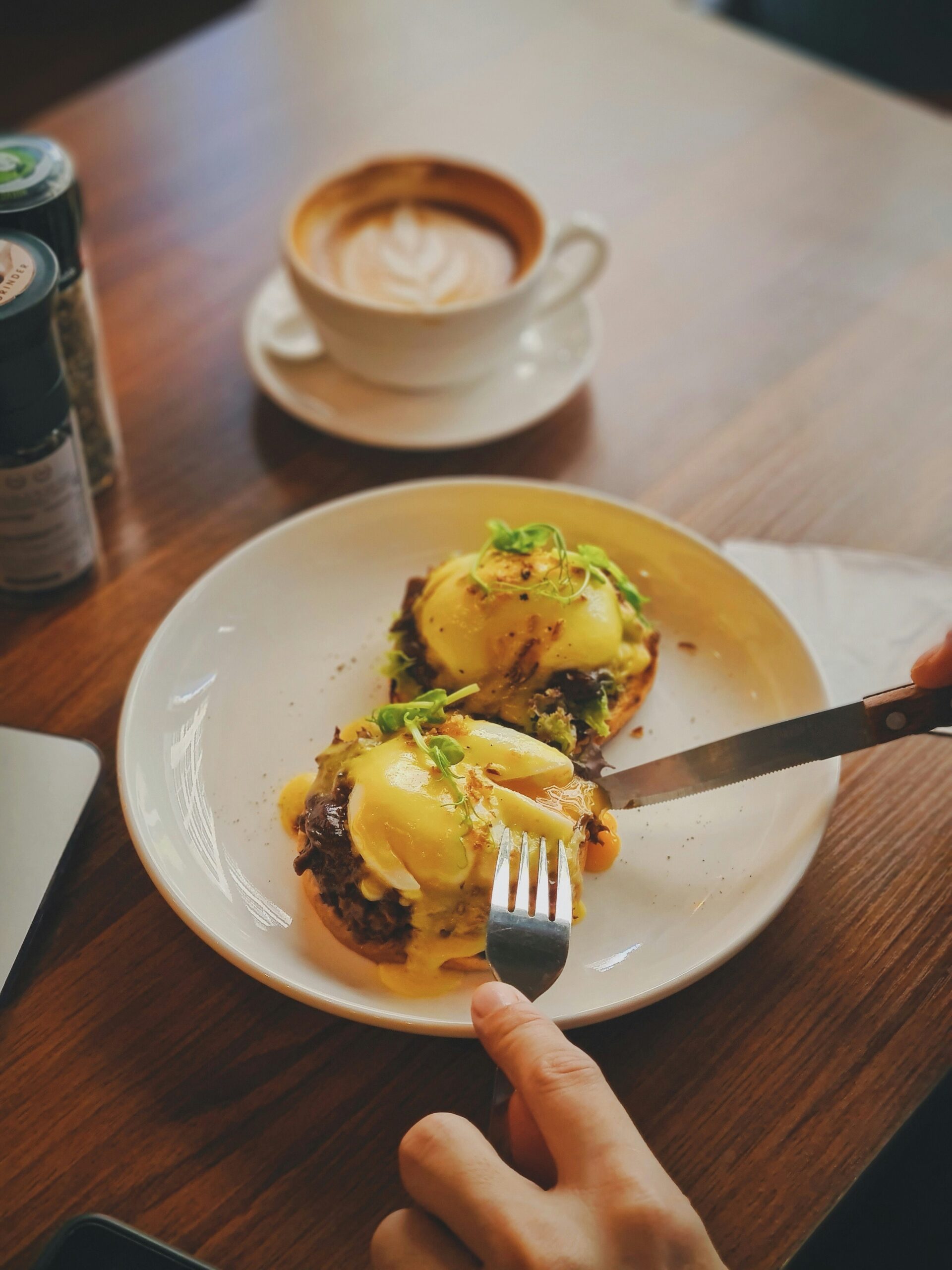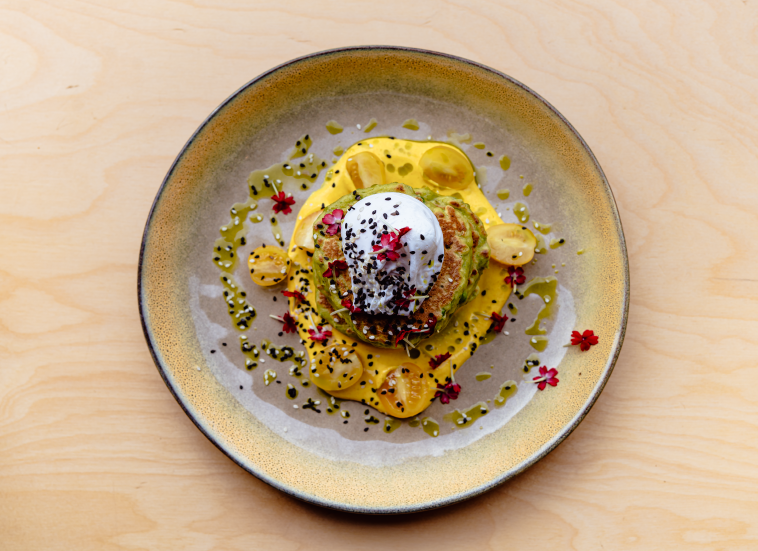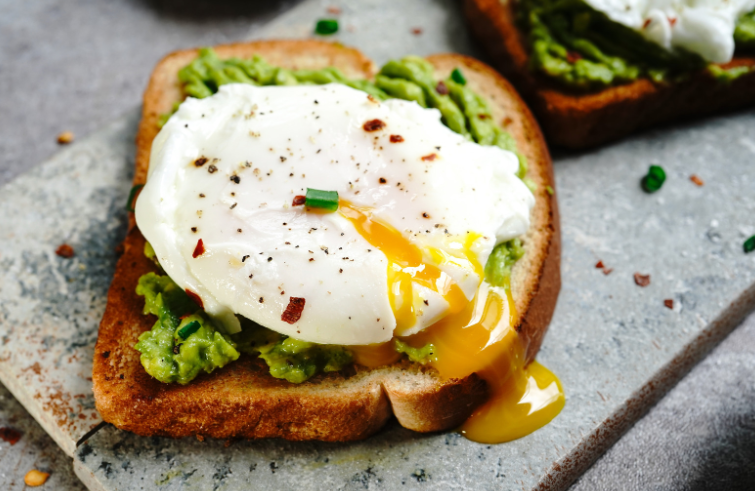Legend has it that Eggs Benedict made their debut in 1894 at New York‘s Waldorf-Astoria, courtesy of a hangover customer named Lemuel Benedict.
Since then, they’ve become a staple of American brunches, blending sweet and savory flavors.
This classic dish features English muffins or toast topped with crispy bacon, poached eggs, and velvety Hollandaise sauce. It’s a timeless favorite found in countless restaurants and cafes, favored even by icons like Marilyn Monroe, Agatha Christie, and Rudolf Court, according to Giovanni Nucci.
The traditional recipe involves toasting English muffins, layering them with Canadian bacon or ham, poached eggs, and Hollandaise sauce—a creamy blend of egg yolks, lemon, and butter. While there are countless variations, the art of preparation remains a cornerstone of American culinary tradition, gracing the breakfast tables of New York’s most luxurious eateries.
Who is the inventor of eggs Benedict? A copyright issue
The origins of Eggs Benedict are shrouded in controversy, with multiple claimants vying for the title of creator. In Edinburgh, Mr. & Mrs. Benedict enlisted legal support to assert their rights over the recipe, tracing its lineage back to 1794.
Meanwhile, in New York, two restaurants lay claim to the original recipe. At Delmonico’s on Wall Street, Mr. and Mrs. Le Grand Benedict introduced their version in 1860, featuring poached eggs atop social poached eggs—a dish that remains on the menu to this day.
Yet, the most widely accepted story comes from Lemuel Benedict, who claimed to have concocted the dish at the Waldorf-Astoria Hotel in 1894. His “hangover” version, featuring buttered toast, poached eggs, crisp bacon, and a luscious hollandaise sauce, has stood the test of time, offering solace to many in need of a morning-after remedy.
Copper, iron and a toaster
Eggs Benedict may seem simple, but historically, they’re more commonly enjoyed at restaurants than made at home. According to Nucci, this is because preparing them requires specific tools like a pan, preferably copper, for poaching eggs, a toaster, and an iron pan for frying bacon.
Copper conducts heat exceptionally well, ensuring a consistent boil for perfectly poached eggs (a dash of vinegar can help). Additionally, a skilled hand is crucial for gently dropping the egg into the water and giving it a slight rotary motion, allowing the white to envelop the yolk while cooking.
Dry them like Artusi
Artusi referred to them as “poached eggs,” describing the technique of carefully cracking the eggs into simmering water. He emphasized the importance of timing, waiting until the whites were set and the yolks no longer wobbled before removing them with a slotted spoon and seasoning with salt, pepper, cheese, and butter.
However, achieving the perfect poached egg can be challenging, especially in a bustling brunch service. That’s why many chefs resort to the cling film method, where raw eggs are wrapped in plastic and cooked, ensuring protection from accidental breakage while still maintaining the visual appeal on the plate.
As for Hollandaise sauce, despite its name, it’s actually a French creation and one of the five mother sauces of French cuisine. This rich emulsion of butter and egg yolk, seasoned with lemon juice, salt, and pepper, is a decadent addition to various dishes, often served with boiled asparagus or other vegetables. Though delicious, it’s undeniably a calorie bomb, adding a touch of indulgence to any meal.

What’s the difference between eggs Benedict and poached eggs?
Eggs Benedict is indeed a classic American breakfast and brunch dish with roots in New York City. It typically consists of an English muffin that’s toasted to perfection and topped with Canadian bacon or ham, followed by perfectly poached eggs. The crowning glory of Eggs Benedict is its decadent hollandaise sauce, a creamy emulsion of butter, egg yolks, and lemon juice, a staple of French cuisine.
The combination of these elements creates a harmonious blend of flavors and textures, making Eggs Benedict a beloved choice for indulgent breakfast or brunch occasions.
On the other hand, poached eggs are simply eggs that have been cooked in simmering water until the whites are set but the yolks remain soft and runny. While poached eggs are a key component of Eggs Benedict, they can also be enjoyed on their own or as part of various dishes, such as salads, sandwiches, or atop avocado toast. Poached eggs are prized for their delicate texture and rich, creamy yolks, making them a versatile and beloved ingredient in many culinary creations.
In summary, while both Eggs Benedict and poached eggs involve cooking eggs in water, Eggs Benedict is a specific dish that includes additional components such as English muffins, Canadian bacon, and hollandaise sauce, whereas poached eggs can stand alone or be incorporated into a wide range of dishes.
Where can you eat eggs Benedict in Italy?
Indulge in the delightful flavors of Eggs Benedict right here in Italy at Melaleuca, located in the enchanting city of Florence. Whether you’re seeking a leisurely Sunday brunch or a weekday treat, Eggs Benedict are a guaranteed menu item, providing a taste of the USA amidst the charming ambiance of Italy.
Savor every bite of perfectly poached eggs, nestled atop English muffins and draped in rich hollandaise sauce, all expertly crafted to satisfy your craving for this classic American dish. Join us at Melaleuca and experience the fusion of international flavors in the heart of Florence, where culinary delights await to tantalize your taste buds.



